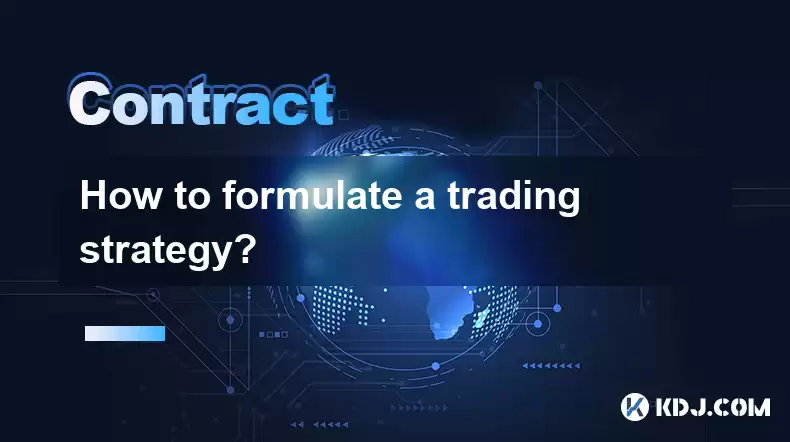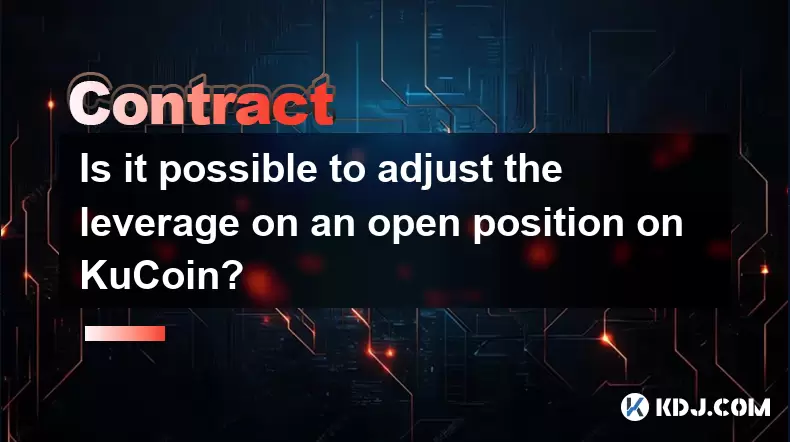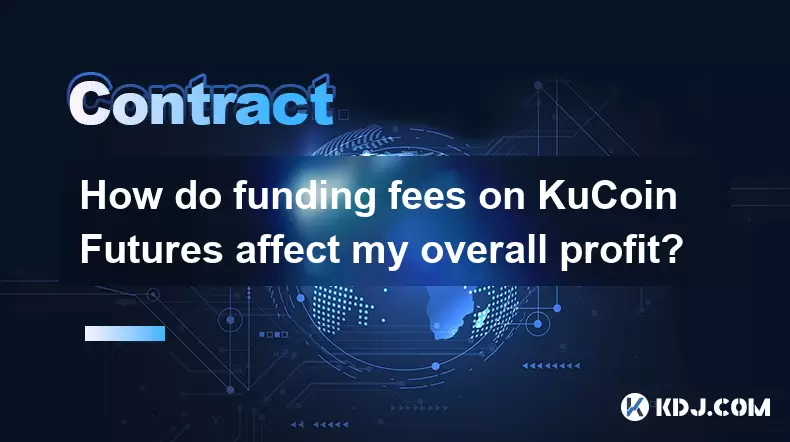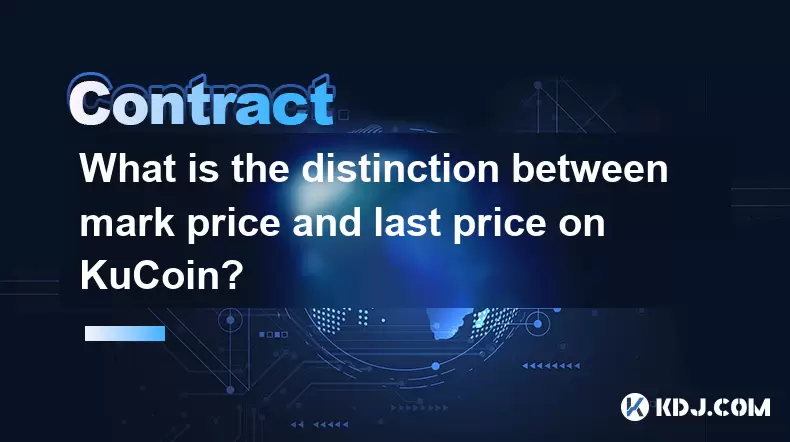-
 Bitcoin
Bitcoin $118300
1.01% -
 Ethereum
Ethereum $4215
0.69% -
 XRP
XRP $3.198
-3.83% -
 Tether USDt
Tether USDt $1.000
-0.01% -
 BNB
BNB $803.4
-0.53% -
 Solana
Solana $180.3
-0.67% -
 USDC
USDC $0.9998
-0.01% -
 Dogecoin
Dogecoin $0.2334
-1.49% -
 TRON
TRON $0.3394
0.86% -
 Cardano
Cardano $0.7980
-1.45% -
 Chainlink
Chainlink $22.19
6.65% -
 Hyperliquid
Hyperliquid $43.41
0.13% -
 Stellar
Stellar $0.4407
-3.13% -
 Sui
Sui $3.843
-2.24% -
 Bitcoin Cash
Bitcoin Cash $564.7
-3.74% -
 Hedera
Hedera $0.2588
-3.41% -
 Ethena USDe
Ethena USDe $1.001
0.00% -
 Avalanche
Avalanche $23.64
-3.37% -
 Litecoin
Litecoin $120.0
-4.01% -
 Toncoin
Toncoin $3.342
-1.11% -
 UNUS SED LEO
UNUS SED LEO $9.038
0.60% -
 Shiba Inu
Shiba Inu $0.00001347
-0.81% -
 Uniswap
Uniswap $10.69
-4.58% -
 Polkadot
Polkadot $4.034
-1.30% -
 Dai
Dai $1.000
0.01% -
 Bitget Token
Bitget Token $4.472
-1.52% -
 Cronos
Cronos $0.1571
-3.04% -
 Pepe
Pepe $0.00001207
-2.21% -
 Monero
Monero $273.8
-3.19% -
 Ethena
Ethena $0.7520
2.75%
How to formulate a trading strategy?
Understanding market dynamics, including technical and fundamental analysis, is essential for successful trading.
Feb 23, 2025 at 09:00 am

Key Points
- Defining Your Trading Objectives
- Understanding Market Dynamics
- Choosing a Trading Style
- Utilizing Technical Analysis
- Implementing Risk Management Techniques
- Fine-tuning Your Strategy through Backtesting and Optimization
How to Formulate a Trading Strategy
1. Define Your Trading Objectives
The foundation of a successful trading strategy lies in clearly defining your trading objectives. Consider the following:
- Trading Goal: Determine what you aim to achieve through trading (e.g., capital appreciation, income generation, etc.).
- Risk Tolerance: Assess your willingness to take on potential losses and adjust your strategy accordingly.
- Time Horizon: Specify the intended duration of your trades (e.g., day trading, swing trading, long-term investing).
- Capital Allocation: Determine the amount of capital you can allocate to trading and adjust your position sizing strategies.
2. Understand Market Dynamics
In-depth understanding of market dynamics is crucial for successful trading. This includes:
- Technical Analysis: Study price charts, patterns, and indicators to identify potential trading opportunities.
- Fundamental Analysis: Analyze economic data, company financials, and industry trends to comprehend market drivers.
- Sentiment Analysis: Monitor market sentiment through news, social media, and sentiment indicators to gauge market mood.
3. Choose a Trading Style
Select a trading style that aligns with your skills, preferences, and time constraints:
- Day Trading: Trading within a single trading day, relying on intraday price movements.
- Scalping: Rapid execution of multiple short-term trades to capture small profits.
- Swing Trading: Holding positions for several days to weeks, profiting from short-term market swings.
- Trend Trading: Identifying and riding market trends for extended periods to capitalize on long-term price movements.
4. Utilize Technical Analysis
Leverage technical analysis to identify potential entry and exit points for trades:
- Support and Resistance Levels: Identify key price levels where price action tends to pause or reverse.
- Moving Averages: Smooth out price data to identify potential trend reversals and support/resistance areas.
- Momentum Indicators: Quantify price momentum to identify overbought and oversold conditions.
- Oscillators: Visualize price fluctuations and predict potential turning points.
5. Implement Risk Management Techniques
Protect your capital by implementing robust risk management strategies:
- Stop-Loss Orders: Place orders to automatically close positions when a predefined loss threshold is reached.
- Take-Profit Orders: Secure profits by closing positions when a target profit level is achieved.
- Position Sizing: Proportion your trades to your risk tolerance and capital allocation.
- Risk-Reward Ratio: Ensure that your potential profits outweigh your potential losses for each trade.
6. Fine-Tune Your Strategy through Backtesting and Optimization
Refine your trading strategy by backtesting and optimizing your parameters:
- Backtesting: Test your strategy on historical data to evaluate its potential performance.
- Optimization: Adjust your strategy's parameters (e.g., moving average period, RSI thresholds) to maximize its profitability and reduce risk.
- Forward Testing: Implement your optimized strategy on live markets to further validate its effectiveness.
FAQs
Q: Can I trade without a strategy?
A: Trading without a strategy is akin to gambling. It increases the risk of making emotional and impulsive decisions.
Q: How often should I review and adjust my strategy?
A: Regularly review your strategy to ensure it remains aligned with changing market conditions, your evolving skills, and risk tolerance.
Q: Is there a guaranteed successful trading strategy?
A: No trading strategy can guarantee success. The success of a strategy depends on numerous factors, including market conditions, trader discipline, and risk management.
Disclaimer:info@kdj.com
The information provided is not trading advice. kdj.com does not assume any responsibility for any investments made based on the information provided in this article. Cryptocurrencies are highly volatile and it is highly recommended that you invest with caution after thorough research!
If you believe that the content used on this website infringes your copyright, please contact us immediately (info@kdj.com) and we will delete it promptly.
- Cold Wallet's Hot Streak: Acquisition, User Growth, and How it Stacks Up Against Ethereum & XRP
- 2025-08-10 20:30:16
- Bitcoin, Cloud Mining, and Crypto Earnings: What's Hot in 2025?
- 2025-08-10 20:50:12
- Presale Cryptos Face-Off: BlockDAG, TOKEN6900, and the Hunt for the Next Big Thing
- 2025-08-10 20:55:12
- DeFi, Meme Coins, and 2025: Navigating the Crypto Landscape
- 2025-08-10 20:30:16
- Cardano, Returns, and Trade Deals: A New Yorker's Take
- 2025-08-10 18:50:16
- Dogwifhat's Comeback: Solana Meme Coin Mania and Beyond!
- 2025-08-10 18:30:15
Related knowledge

Is it possible to adjust the leverage on an open position on KuCoin?
Aug 09,2025 at 08:21pm
Understanding Leverage in KuCoin Futures TradingLeverage in KuCoin Futures allows traders to amplify their exposure to price movements by borrowing fu...

What is the difference between realized and unrealized PNL on KuCoin?
Aug 09,2025 at 01:49am
Understanding Realized and Unrealized PNL on KuCoinWhen trading on KuCoin, especially in futures and perpetual contracts, understanding the distinctio...

How does KuCoin Futures compare against Binance Futures in terms of features?
Aug 09,2025 at 03:22am
Trading Interface and User ExperienceThe trading interface is a critical component when comparing KuCoin Futures and Binance Futures, as it directly i...

How do funding fees on KuCoin Futures affect my overall profit?
Aug 09,2025 at 08:22am
Understanding Funding Fees on KuCoin FuturesFunding fees on KuCoin Futures are periodic payments exchanged between long and short position holders to ...

What is the distinction between mark price and last price on KuCoin?
Aug 08,2025 at 01:58pm
Understanding the Basics of Price in Cryptocurrency TradingIn cryptocurrency exchanges like KuCoin, two key price indicators frequently appear on trad...

What are the specific maker and taker fees on KuCoin Futures?
Aug 08,2025 at 08:28am
Understanding Maker and Taker Fees on KuCoin FuturesWhen trading on KuCoin Futures, users encounter two primary types of fees: maker fees and taker fe...

Is it possible to adjust the leverage on an open position on KuCoin?
Aug 09,2025 at 08:21pm
Understanding Leverage in KuCoin Futures TradingLeverage in KuCoin Futures allows traders to amplify their exposure to price movements by borrowing fu...

What is the difference between realized and unrealized PNL on KuCoin?
Aug 09,2025 at 01:49am
Understanding Realized and Unrealized PNL on KuCoinWhen trading on KuCoin, especially in futures and perpetual contracts, understanding the distinctio...

How does KuCoin Futures compare against Binance Futures in terms of features?
Aug 09,2025 at 03:22am
Trading Interface and User ExperienceThe trading interface is a critical component when comparing KuCoin Futures and Binance Futures, as it directly i...

How do funding fees on KuCoin Futures affect my overall profit?
Aug 09,2025 at 08:22am
Understanding Funding Fees on KuCoin FuturesFunding fees on KuCoin Futures are periodic payments exchanged between long and short position holders to ...

What is the distinction between mark price and last price on KuCoin?
Aug 08,2025 at 01:58pm
Understanding the Basics of Price in Cryptocurrency TradingIn cryptocurrency exchanges like KuCoin, two key price indicators frequently appear on trad...

What are the specific maker and taker fees on KuCoin Futures?
Aug 08,2025 at 08:28am
Understanding Maker and Taker Fees on KuCoin FuturesWhen trading on KuCoin Futures, users encounter two primary types of fees: maker fees and taker fe...
See all articles

























































































